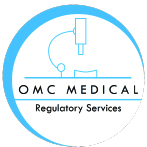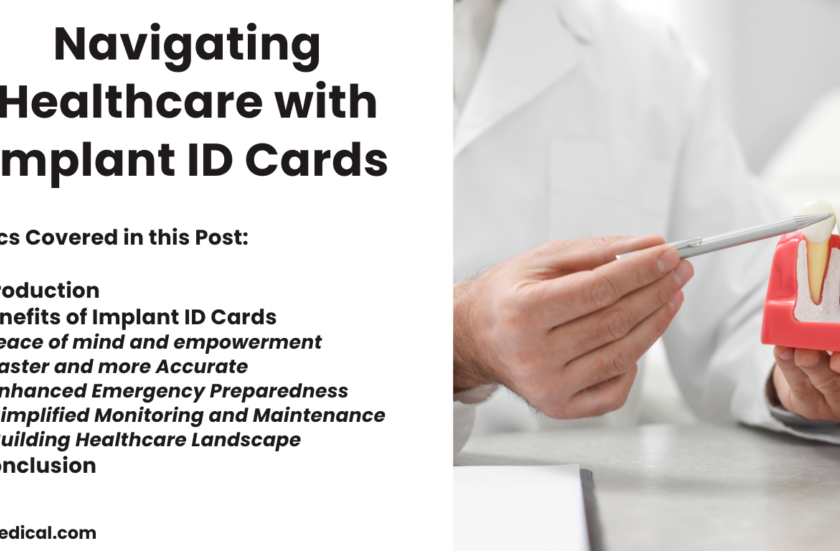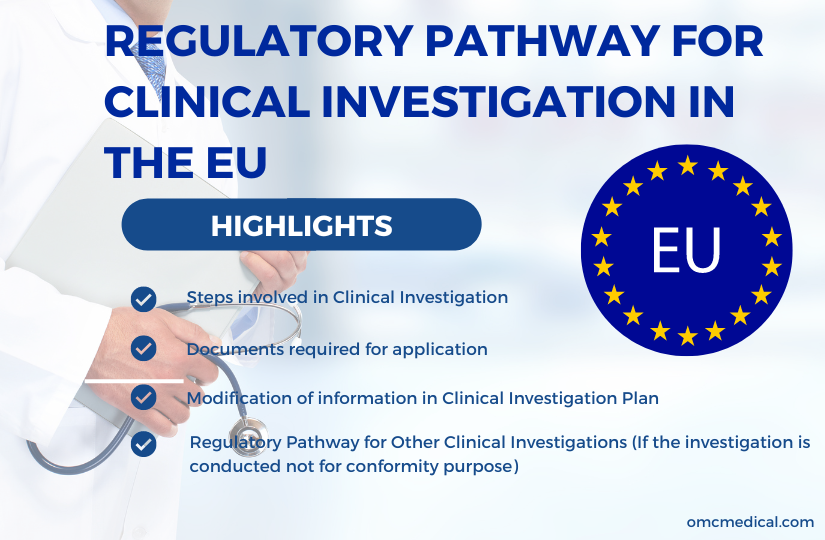Medical Devices Regulatory Consultancy
EU REGULATIONS The expert panel in the field of in vitro diagnostic medical devices now accepts submissions from notified bodies for the Performance Evaluation Consultation Procedure | 14 October 2021 To prevent disruption in the supply of these essential healthcare products, the European Commission has proposed a progressive roll-out of the new In Vitro Diagnostic Medical Devices Regulation introducing substantial changes in the regulatory framework for in vitro diagnostic medical devices, such...
Navigating Healthcare with Implant ID Cards: What You Need to Know?
Implant ID Cards Introduction Implanted medical devices, from life-saving pacemakers to pain-relieving joint replacements, are transforming how we manage health conditions. However, carrying these technological marvels within our bodies presents a unique challenge: readily accessing critical information about them when seeking medical care. This is where the power of implant ID cards comes into play. Think of these cards as miniature medical passports, discreetly holding a wealth of knowledge ab...
Regulatory Pathway for Clinical Investigation in the EU
Regulatory Pathway for Clinical investigation creates a set of clinical data that is crucial to understanding the effectiveness of a medical device. Clinical Investigation is done for previously CE marked devices or for research medical devices. Clinical Investigation is governed by a clinical investigation plan with an objective, methodology, and record keeping. Top 5 Steps involved in Clinical Investigation Step 1 Appointment of a Representative- Appoint a legal representative....






